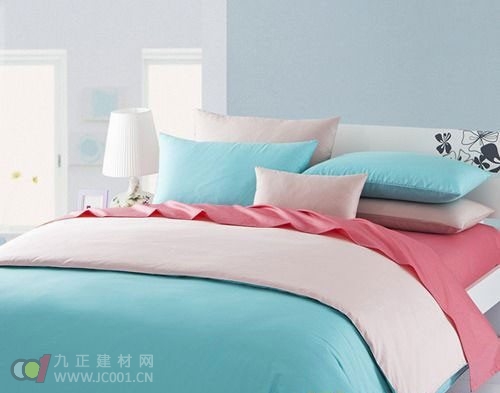Humans have always lived alongside bacteria, but not all of them are harmful. While some bacteria are beneficial to our health, others can be dangerous. That's why it's important to take steps to avoid the harmful ones in daily life. One area that is often overlooked is bedding. What seems clean might actually be full of germs and dirt. To help keep your bedding hygienic, we’ve compiled detailed methods for disinfection and cleaning from the official flagship stores of top bedding brands. What are the best ways to disinfect bedding? The simplest and most common method is washing. You can use an alkaline soap solution at 65°C for 30 minutes. Adding a small amount of chlorine-based disinfectant or bleach (around 3%) to your regular laundry powder can also help kill bacteria effectively. Another effective method is UV disinfection. Exposing your bedding to direct sunlight for several hours is highly recommended. Alternatively, you can use a portable high-efficiency UV lamp placed within 3 cm of the fabric for 2–3 seconds to kill germs. Boiling is another option. Submerge your bedding in boiling water for 5–15 minutes. Adding a bit of detergent or washing powder can enhance the cleaning and whitening process. Soaking in disinfectant solutions is also popular. For example, soaking your bedding in a 0.2% peroxyacetic acid solution or a 500 mg/L dibromohydantoin solution for about 50 minutes can effectively eliminate bacteria and other pathogens. Why should you wash your bedding regularly? On average, people spend about one-third of their lives in bed. This makes it crucial to maintain a clean and healthy sleeping environment. If you don’t clean your bedding often, dead skin cells, hair, and sweat can accumulate, creating an unhygienic space. This not only causes discomfort but also encourages bacterial growth, which can negatively affect your health. It’s recommended to change your sheets every two weeks. Wash them with detergent and then soak them in boiling water for disinfection. Make sure to dry them thoroughly, as a dry environment inhibits bacterial growth. Additionally, items like comforters and pillows should be exposed to sunlight regularly. Sunlight’s ultraviolet rays are natural disinfectants that kill many types of bacteria, including staphylococcus, E. coli, and tuberculosis. Regularly washing and drying your bedding helps create a more comfortable and healthier living space, reducing the risk of illness and promoting better sleep. Some people only focus on washing pillowcases and towels, but they often forget the pillow itself. When you sleep, your skin releases moisture and toxins, which can get trapped in the pillow. Simply drying the pillow isn’t enough—make sure to clean and air it out regularly. Don’t overlook this essential part of your bedding routine. Choosing the right bedding disinfection and cleaning method is key to maintaining a healthy home. Whether through washing, sun exposure, boiling, or using disinfectants, staying consistent with these practices ensures a cleaner, safer, and more comfortable sleeping environment. By taking care of your bedding, you’re also taking care of your overall well-being.
The check valve is used in the piping system, its main function is to prevent the backflow of the medium, prevent the pump and its driving motor from reversing, as well as the release of the medium in the container.
Check valves can also be used to feed pipes where the pressure may rise to exceed the pressure of the main system. Check valve according to the different material, can be applied to a variety of media pipeline.
The check valve is installed on the pipeline, which becomes one of the fluid components of the complete pipeline. The opening and closing process of the valve disc is affected by the transient flow state of the system in which it is located. In turn, the closing characteristics of the disc have an effect on the fluid flow state.
Check Valve,Hydraulic Check Valve,Check Valve Types,Ball Check Valve WUXI KVC-VALVE , https://www.wxkaiweixi.com